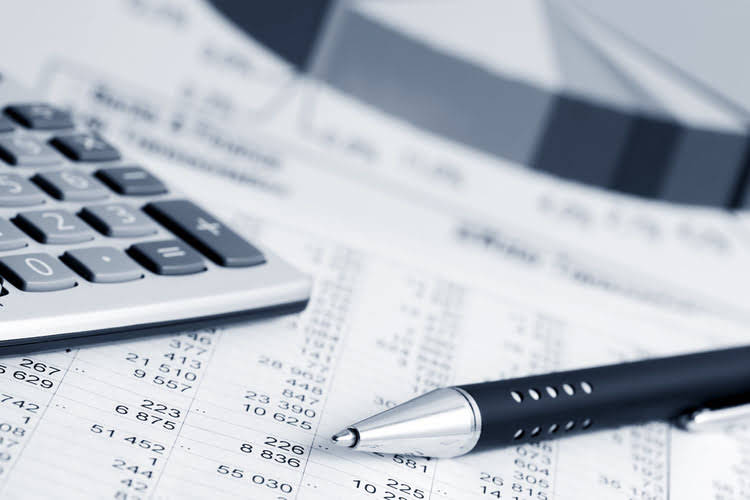
Imagine running a company and anticipating that you will collect all your receivables, only to discover later that some are uncollectible. Or think of investing in a costly piece of equipment only to decrease its value over time. Without contra-asset accounts, these financial realities wouldn’t be properly reflected in statements, leading to overstated assets and misleading reports. Have you ever wondered why certain asset accounts on a company’s balance sheet have a negative balance? Since assets indicate worth rather than deductions, it seems contradictory. However, these special accounts—also referred to as counter assets—are essential to ensuring that financial statements fairly depict the actual state of a company’s finances.
Understanding Contra Accounts
This account captures the value of goods returned by customers or price reductions for damaged or defective merchandise. It ensures that reported revenue reflects only the sales ultimately kept by customers. A Contra Asset Account is an asset account having a credit balance that is related to one of the assets with a debit balance. When we add the balances of two of these assets together, it reflects the net book value or carrying value of the debit balance assets. Yes, nonprofits use contra accounts to track things like depreciation on assets and allowances for doubtful pledges or receivables.
Small Businesses

The company estimates that it will not be able to collect 1,000 from its customers. The allowance for doubtful accounts is a contra asset account that is used to offset Accounts Receivable on the balance sheet. Similarly, allowance for receivables will pair with accounts receivable balances. In essence, contra-asset accounts have a negative balance while other asset accounts have a positive balance.

What is a Contra Liability?

Since examples of contra asset accounts these values are different in nature, the company must put them into two separate accounts. The Gross Sales account, which records the total sales revenue, would be paired with the Sales Discount account, which serves as the contra account for the Gross Sales account. Contra equity accounts, those intriguing components in the equity section of the balance sheet, reflect transactions that reduce the total equity available to shareholders. The most common one you might encounter is treasury stock—where companies buy back their own shares. It’s essentially a reverse investment; instead of pouring money in, the company is taking it back, reflecting a decrease in shareholders’ equity. This can have various strategic implications, from attempting to increase per-share earnings to trying to prevent takeovers.
Certain contra accounts, like accumulated depreciation, directly impact taxable income. By accurately tracking these reductions, you ensure you’re not overpaying—or underreporting—your taxes. For you to represent these details in the balance sheet, you need a contra account.
A factory purchases equipment for $100,000 and depreciates it at $10,000 annually. Over five years, the balance sheet shows an asset value of $100,000 with a $50,000 accumulated depreciation balance, reflecting the asset’s net book value of $50,000. Below are some real-world examples of how contra-asset accounts work in different industries. Companies account for product returns as they do for bad debts, leading us to the second contra-asset type.
- Treasury Stock is a contra-equity account that reduces total shareholder equity.
- The purpose of the Owner’s Withdrawal account is to track the amounts taken out of the business without impacting the balance of the original equity account.
- With the right tools and the wisdom of the community, managing contra accounts becomes a seamless part of your accounting routine.
- On the other hand, if you’re looking at a high-flying growth stock that reports new revenue growth records each quarter but has a massive allowance for doubtful accounts, there may be problems ahead.
- As an owner or manager of a field service business, knowing how contra accounts work gives you sharper insight into the real financial health of your company.
- This account is not classified as an asset since it does not represent a long-term value.
Contra Account Example and Format
Contra asset accounts are essential in bookkeeping for portraying the accurate net value of assets. All in all, contra https://stiparende.ac.id/?p=16130 accounts are an important tool for businesses to use to understand their financial standing better. Contra asset accounts also provide a clear picture of the companies’ accumulation of assets. The most prominent of these include allowing companies to present a more accurate picture of their assets. After each accounting period, the company records a depreciation expense of the asset.
- In bookkeeping, contra asset accounts are pivotal as they serve to reduce the balance of related asset accounts.
- The purpose of a contra expense account is to record a reduction in an expense without changing the balance in the main account.
- Such accurate record-keeping is vital for maintaining the integrity of your financial reports.
- The company has a contra asset account for accumulated depreciation expense and a separate asset account for equipment cost.
- This distinction is important for internal management and external stakeholders.
- This creates a direct link between the reduction of fixed asset value on the balance sheet and the recognition of expenses on the income statement.
Maybe more importantly, Outsource Invoicing it shows investors and creditors what percentage of receivables the company is writing off. Normal asset accounts have a debit balance, while contra asset accounts are in a credit balance. Offsetting the asset account with its respective contra asset account shows the net balance of that asset. The sales returns contra sales account records the sales value of goods returned by a customer. The account is normally a debit balance and in use is offset against the sales account which is normally a credit balance.
For example, a car would be considered inventory for a car dealership because it is in the business of selling cars. A car would not be considered inventory for a pizza restaurant looking to selling it delivery car. Even a small HVAC shop with a couple of vans benefits from accurate depreciation tracking and return monitoring. By keeping the original numbers visible, your statements remain clear, helping you identify trends, spot problem areas, and make better informed business decisions. So, instead of burying adjustments directly inside the account itself, we park them in a separate account that acts like a mirror image.
